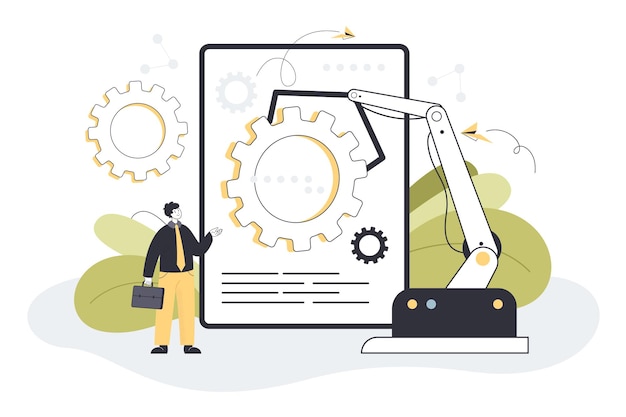How Do You Automate Your SR&ED
02 March 2022
3 Mins Read

toc impalement
One of the main reasons why many businesses don’t get the most out of the Scientific Research and Experimental Development (SR&ED) program is the misconception that it’s not worth the effort and would interfere with day-to-day operations. This is not a high investment. When you are analyzing the effects, you will understand these models are keeping your documentation in the right way.
But the good news is that you can improve your return on investment and SR&ED eligibility if you automate your SR&ED.
How Sr&Ed Models Maximize The Resources?

Here we will provide an overview of how organizations can maximize their resources while minimizing the impact on routine business activities, whether you are familiar with SR&ED funding or are new to this program.
The R&D credit procedure can indeed be automated to save time, boost efficiency, and provide a greater return on investment.
1. Identify Opportunities To Automate Processes And Adapt Equipment

Even though it is self-evident that process automation can considerably improve efficiency, accuracy, and resource savings, many businesses are unaware that these are essential components of SR&ED tax credit programs.
Process automation, equipment modification, and software integration all require testing and development to meet and overcome your company’s specific demands and challenges and so may be eligible for SR&ED funding.
Companies can uncover new SR&ED opportunities that are commonly neglected by identifying qualified process automation and equipment integration projects for SR&ED funding, hence increasing their return.
2. Automating Quantitative R&D Credit Claim Documentation
It’s just as crucial to collect and organize contemporaneous documentation as it is to keep track of the supportive calculation documentation.
Hence your documentation is not required to submit your required Sr&Ed claim along and your tax return. If your claim is audited, taxation authorities will seek for information to take them back up, which is being claimed as eligible costs.
The most important documents that the tax management department will want to look at are those that are developed as part of your company’s usual product, process, or software development life cycle, such as:
- Technical requirements for the design.
- Design specifications that are logical or functional.
- Documentation of 3D modeling and prototyping.
- Test plans, scripts, and results.
- Changes in design or an assessment of possibilities.
- Emails, meeting minutes, and technical meeting invitations are on the calendar.
3. Effectively Implementing A Tracking System

You’ll want to have “contemporaneous documentation” for a successful claim, which involves keeping track of the work while it’s being done in real-time.
The ideal approach to achieve this is to have a routine for collecting essential documents daily, weekly, and monthly basis, ensuring that they are all dated and signed, and storing them in one location.
Physical prototype samples, photos, videos, handwritten notes, third-party literature demonstrating the technical baseline, emails, and other working tools that capture traces of the activity are examples of needed documentation that should be tracked properly.
4. Reduce Your Effort:
This process efficiently reduces your effort. Whatever process you are executing. There are no such pieces of content and software are available which are the best fit for it. There are many different SR&ED models are available. This is the same and true.
When you are using this model, you do not have to invest your time and money to fit your requirements. You can easily adapt your process and automatically create new documentation for it. Your time and energy are getting reduced. You can effortlessly keep a backup file for every documentation.
Conclusion:
The Sr&Ed models are increasing the company productivity. Your company development models should include the automatic process of this model. Now every company requires 3D and prototype models. This is the reason you must add this model to your business models. There have been a plethora of technologies available for recording information, ranging from pen and paper to software applications.
Read Also:


















Comments Are Closed For This Article